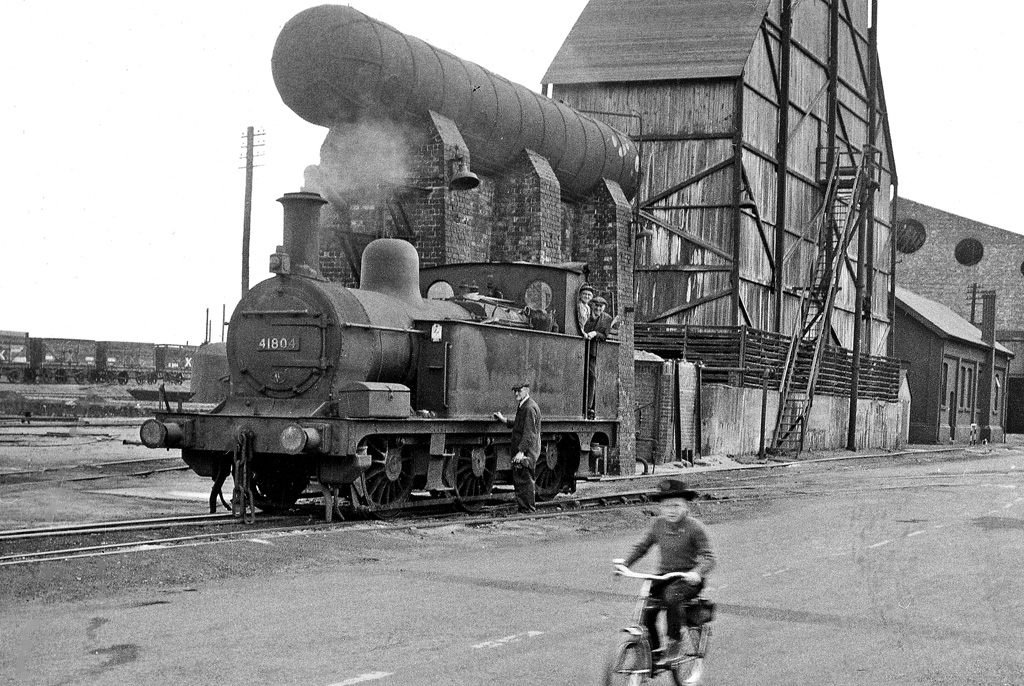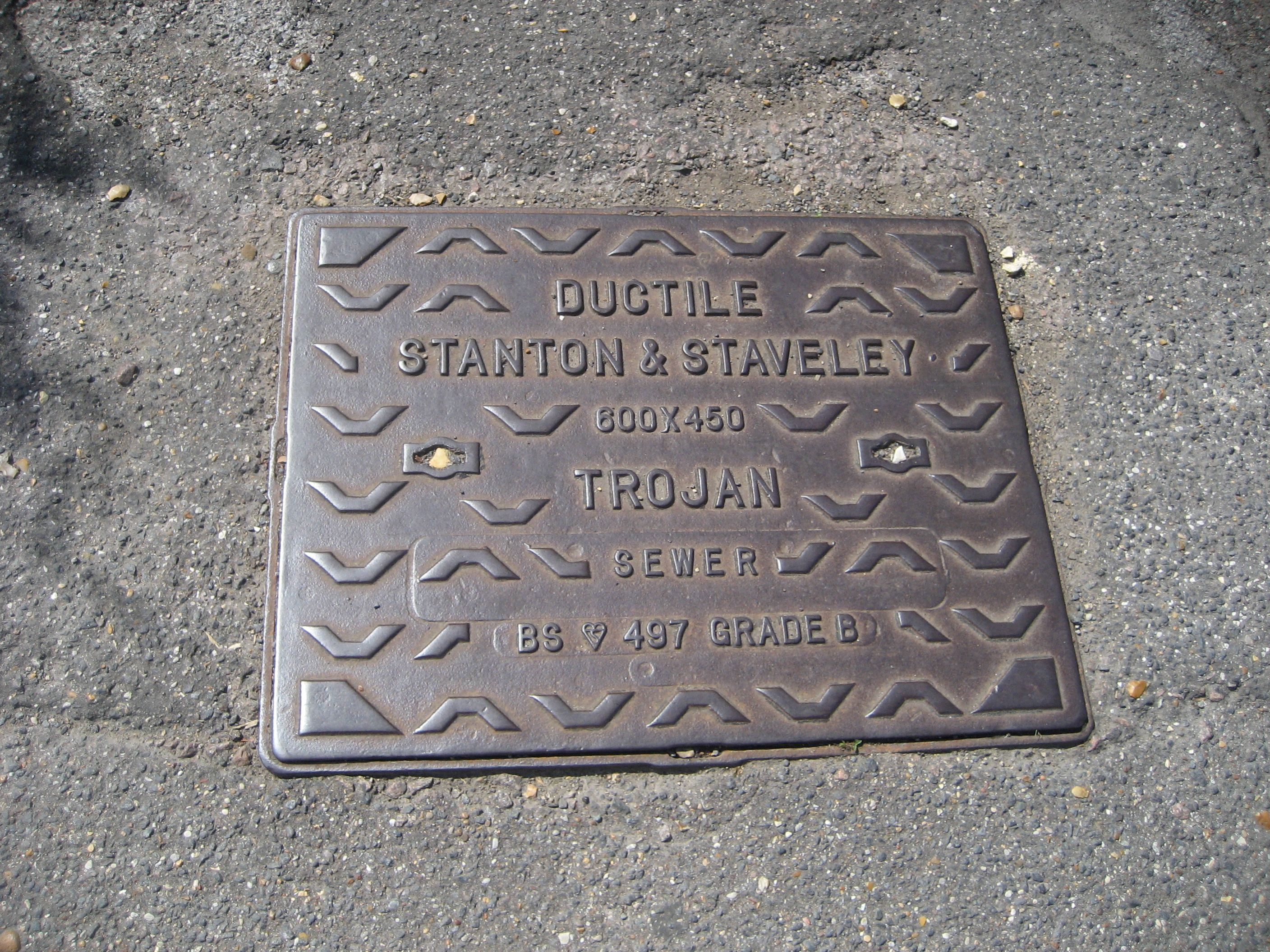Staveley Coal And Iron Company on:
[Wikipedia]
[Google]
[Amazon]

 The Staveley Coal and Iron Company Limited was an industrial company based in Staveley, near Chesterfield, north
The Staveley Coal and Iron Company Limited was an industrial company based in Staveley, near Chesterfield, north
Duke of Portland papers
- related to coal leases (Derbyshire & Notts area)
{{Authority control Coal companies of England Chemical companies of England Defunct energy companies of the United Kingdom Ironworks and steelworks in England Mining in Derbyshire Companies based in Derbyshire Energy companies established in 1863 Non-renewable resource companies established in 1863 Manufacturing companies disestablished in 1960 Non-renewable resource companies disestablished in 1960 1863 establishments in England 1960 disestablishments in England Defunct companies of England British companies established in 1863

 The Staveley Coal and Iron Company Limited was an industrial company based in Staveley, near Chesterfield, north
The Staveley Coal and Iron Company Limited was an industrial company based in Staveley, near Chesterfield, north Derbyshire
Derbyshire ( ) is a ceremonial county in the East Midlands of England. It borders Greater Manchester, West Yorkshire, and South Yorkshire to the north, Nottinghamshire to the east, Leicestershire to the south-east, Staffordshire to the south a ...
.
History
The company was registered in 1863, appearing in provincial stock exchange reports from 1864. It exploited local ironstone quarried from land owned by theDuke of Devonshire
Duke of Devonshire is a title in the Peerage of England held by members of the Cavendish family. This (now the senior) branch of the Cavendish family has been one of the wealthiest British aristocratic families since the 16th century and has b ...
on the outskirts of the village. It developed into coal mining
Coal mining is the process of resource extraction, extracting coal from the ground or from a mine. Coal is valued for its Energy value of coal, energy content and since the 1880s has been widely used to Electricity generation, generate electr ...
, owning several collieries and also into chemical production, first from those available from coal tar
Coal tar is a thick dark liquid which is a by-product of the production of coke and coal gas from coal. It is a type of creosote. It has both medical and industrial uses. Medicinally it is a topical medication applied to skin to treat psoria ...
distillation, later to cover a wide and diverse range. Part of the plant at Staveley was a sulphuric acid
Sulfuric acid (American spelling and the preferred IUPAC name) or sulphuric acid ( Commonwealth spelling), known in antiquity as oil of vitriol, is a mineral acid composed of the elements sulfur, oxygen, and hydrogen, with the molecular formu ...
manufacturing unit making use of the Contact Process
The contact process is a method of producing sulfuric acid in the high concentrations needed for industrial processes. Platinum was originally used as the catalyst for this reaction; however, because it is susceptible to reacting with arsenic impu ...
.
During the First World War the company began producing sulphuric, nitric and picric acid
Picric acid is an organic compound with the formula (O2N)3C6H2OH. Its IUPAC name is 2,4,6-trinitrophenol (TNP). The name "picric" comes from (''pikros''), meaning "bitter", due to its bitter taste. It is one of the most acidic phenols. Like ot ...
s, TNT
Troponin T (shortened TnT or TropT) is a part of the troponin complex, which are proteins integral to the contraction of skeletal and heart muscles. They are expressed in skeletal and cardiac myocytes. Troponin T binds to tropomyosin and helps ...
and guncotton
Nitrocellulose (also known as cellulose nitrate, flash paper, flash cotton, guncotton, pyroxylin and flash string, depending on form) is a highly flammable compound formed by nitrating cellulose through exposure to a mixture of nitric acid and ...
. After the war the company developed a range of chlorinated organics, purchasing salt-bearing land near Sandbach, Cheshire. The salt was produced by British Soda Company, a new company formed specifically for the purpose. The salt fed mercury cells at the Staveley works. The first cells at Staveley came into operation in 1922 and in 1926 they went into partnership with the Krebs Company of Paris and Berlin to develop a new cell, marketed worldwide as the Krebs-Staveley cell. This installation lasted into the late 1950s when the cellroom at Staveley was replaced with German-made mercury cells.
Another salt-related product was sodium chlorate
Sodium chlorate is an inorganic compound with the chemical formula Na ClO3. It is a white crystalline powder that is readily soluble in water. It is hygroscopic. It decomposes above 300 °C to release oxygen and leaves sodium chloride. Sever ...
. Staveley Coal and Iron Company were the first company in Britain to manufacture this chemical, with the plant becoming operational in 1938. In 1950, the Staveley Iron and Chemical Company was named by Imperial Chemical Industries
Imperial Chemical Industries (ICI) was a British Chemical industry, chemical company. It was, for much of its history, the largest manufacturer in Britain. Its headquarters were at Millbank in London. ICI was listed on the London Stock Exchange ...
as one of their main competitors in caustic soda
Sodium hydroxide, also known as lye and caustic soda, is an inorganic compound with the formula . It is a white solid ionic compound consisting of sodium cations and hydroxide anions .
Sodium hydroxide is a highly corrosive base and alkali t ...
production.
In 1960, the Staveley Iron and Chemical Company, which had been taken over by Stewarts & Lloyds Limited was merged with the Ilkeston-based Stanton Iron Works to form Stanton and Staveley Ltd. In 1967, Stewarts and Lloyds became part of the nationalised British Steel Corporation
British may refer to:
Peoples, culture, and language
* British people, nationals or natives of the United Kingdom, British Overseas Territories and Crown Dependencies.
* British national identity, the characteristics of British people and cultur ...
, Stanton and Staveley were also incorporated.
By 1980, BSC sold off sections of the site as they divested themselves of non-core activities and by 2007 most of the former works at Staveley has been shut down and cleared. The last plant remaining was a p-aminophenol
4-Aminophenol (or ''para''-aminophenol or ''p''-aminophenol) is an organic compound with the formula H2NC6H4OH. Typically available as a white powder, it is commonly used as a developer for black-and-white film, marketed under the name Rodinal.
...
plant that produced active ingredients for paracetamol
Paracetamol, or acetaminophen, is a non-opioid analgesic and antipyretic agent used to treat fever and mild to moderate pain. It is a widely available over-the-counter drug sold under various brand names, including Tylenol and Panadol.
Parac ...
production. The site ceased production in June 2012, ending over 100 years of chemical production at Staveley. The site has since been demolished.
Eric Varley
Eric Graham Varley, Baron Varley, (11 August 1932 – 29 July 2008) was a British Labour Party politician and cabinet minister on the right-wing of the party. He was the Member of Parliament for Chesterfield from 1964 to 1984.
Early life
Eri ...
, a former Chesterfield Labour MP and cabinet minister, was an apprentice with the company after leaving school before becoming a trade union official and, much later, Chairman
The chair, also chairman, chairwoman, or chairperson, is the presiding officer of an organized group such as a board, committee, or deliberative assembly. The person holding the office, who is typically elected or appointed by members of the gro ...
of another local firm Coalite
Coalite is a brand of low-temperature coke used as a smokeless fuel. The title refers to the residue left behind when coal is carbonised at . It was invented by Thomas Parker in 1904. In 1936 the Smoke Abatement Society awarded its inventor a ...
.
The location of the former works has due to be redeveloped as a infrastructure depot for phase 2B of the planned HS2
High Speed 2 (HS2) is a high-speed railway which has been under construction in England since 2019. The line's planned route is between Handsacre – in southern Staffordshire – and London, with a branch to Birmingham. HS2 is to be Britain ...
high speed railway due to open in 2033
References
External links
Duke of Portland papers
- related to coal leases (Derbyshire & Notts area)
{{Authority control Coal companies of England Chemical companies of England Defunct energy companies of the United Kingdom Ironworks and steelworks in England Mining in Derbyshire Companies based in Derbyshire Energy companies established in 1863 Non-renewable resource companies established in 1863 Manufacturing companies disestablished in 1960 Non-renewable resource companies disestablished in 1960 1863 establishments in England 1960 disestablishments in England Defunct companies of England British companies established in 1863